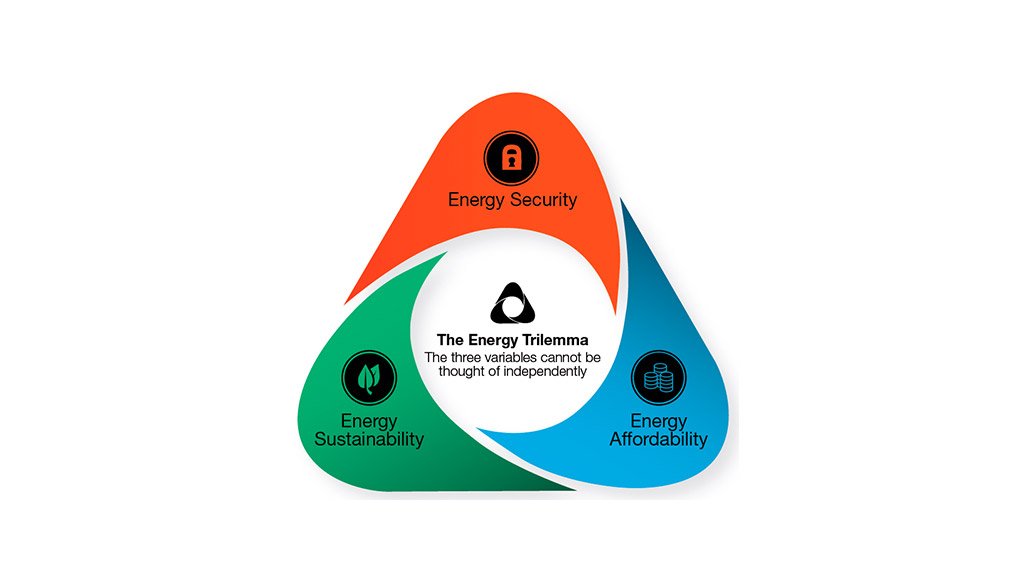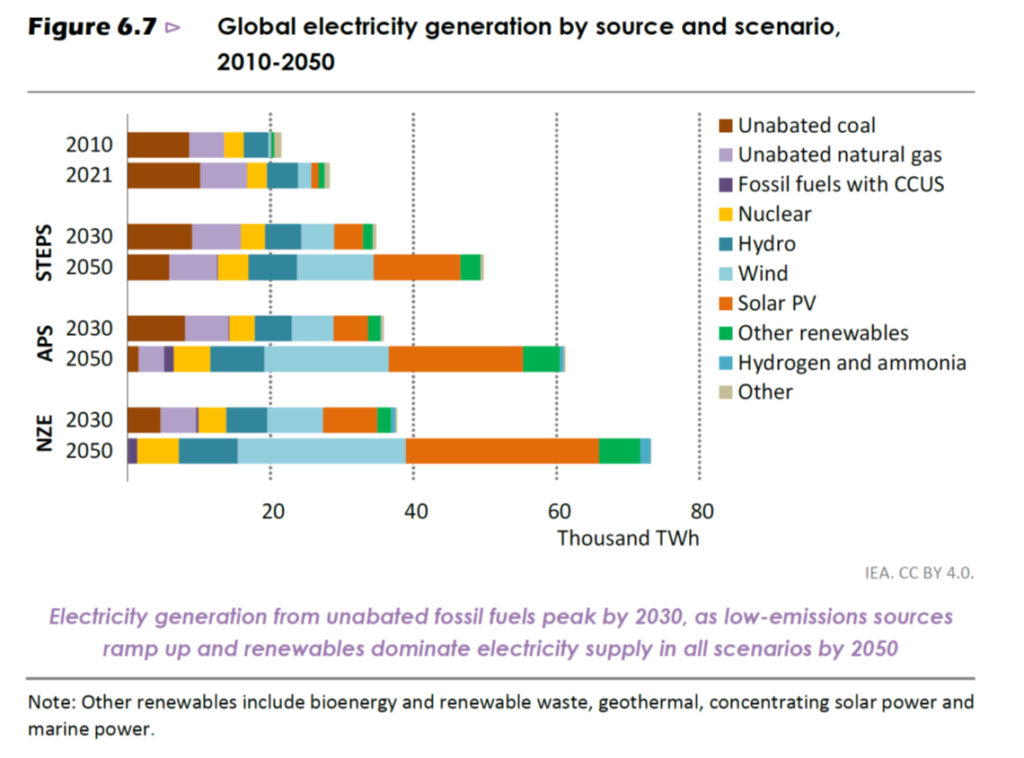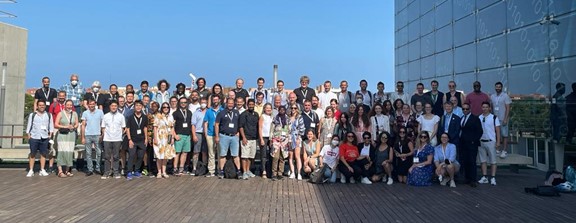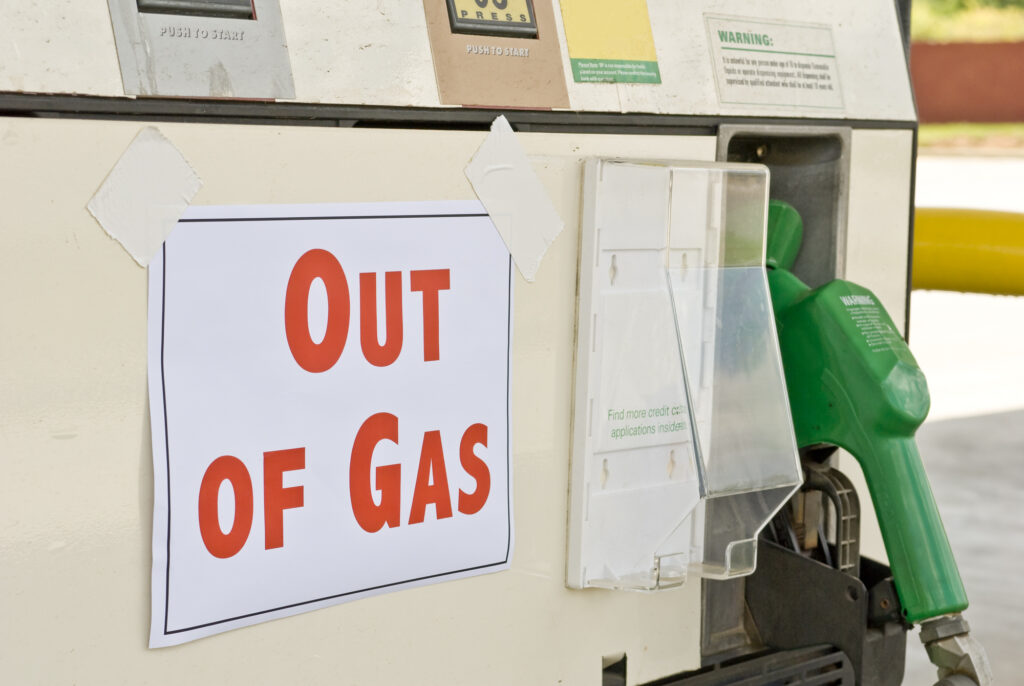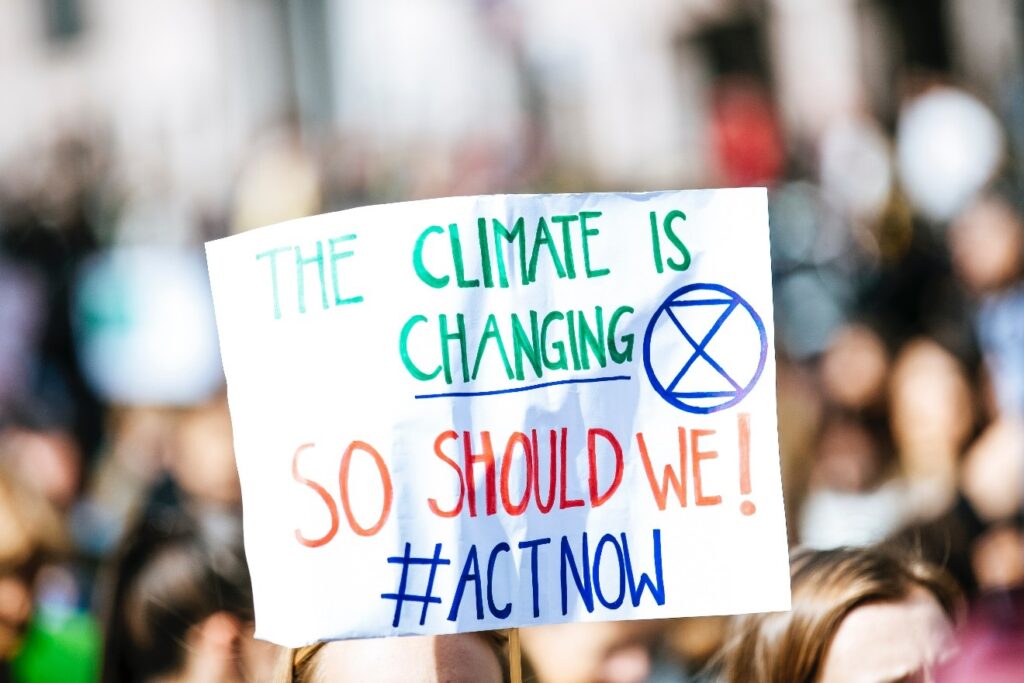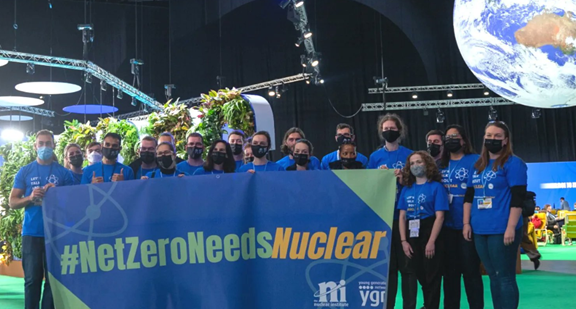Canada’s nuclear industry continues to shine
On December 15, 2022, the Ontario Independent Electricity System Operator (IESO) issued ”Pathways to Decarbonization – A report to the Minister of Energy to evaluate a moratorium on new natural gas generation in Ontario and to develop a pathway to zero emissions in the electricity sector”. This report considers a decarbonized supply mix in the Canadian province of Ontario by 2050 with contributions from new nuclear, conservation, demand response, renewables and storage. This includes 18,000 MW of new nuclear.
So ended a year of major steps forward for the nuclear industry in Canada.

Nuclear power produces about 15% of the Canada’s electricity with operating plants in two provinces, Ontario, and New Brunswick. In both provinces nuclear power is essential to their electricity generation with Ontario getting about 60% of its electricity from nuclear while New Brunswick uses it for about a third.
This year the federal government made its view of nuclear clear when the Canadian Minister of Natural Resources stated unequivocally there is no path to net zero without nuclear power and included funding to support this statement in its 2022 budget.
Here are some of the major achievements for nuclear in Canada in 2022.
- Both Ontario Power Generation (OPG) and Bruce Power (BP) are continuing with their combined $26 Billion dollar refurbishment (life extension) programs for their Darlington and Bruce plants respectively. These programs are going extremely well, both on time and on budget. OPG has completed it first unit and is in the final stages of reassembly of its second while BP is in the final assembly phase of its first. These projects are being executed brilliantly to the point where OPG has recently been awarded second place for the Project Management Institute’s global PMO (Project Management Organization) of the year award.
- OPG announced it is assessing the feasibility of refurbishing the Pickering nuclear station, currently scheduled to shut down in 2026.
- Bruce Power, already the largest nuclear operating site in the world, is working to increase the output of its site by 700 MW by 2030 through unit uprating
- OPG is moving forward with its first grid scale SMR project, a BWRX-300, at its Darlington site and has started site activities this year as well as submitting an application to the regulator for a licence to construct. This unit is expected to produce first power around the end of 2028. The Canada Infrastructure Bank has announced an investment of up to $970 Million for the early works of this project.
- OPG is also a partner in Global First Power, who are in the process of establishing the first micro reactor, a USNC MMR, at the Chalk River site. Licensing activities are underway.
- New Brunswick has announced it is working with two SMR vendors (Moltex and ARC) to establish SMRs in the province. The Belledune Port Authority (BPA) says an ARC-100 providing energy for hydrogen production and other industries could be in operation by 2030-2035.
- SaskPower has selected the BWRX-300 for its first nuclear plants in the province to be in operation in the mid 2030s.
- Alberta is contemplating nuclear using its ability to generate heat to help it decarbonize its oil extraction.
And there is more. But you get the point. Nuclear Power is alive and well in Canada. But why is this important? Because when it comes to nuclear as a solution for climate change, in Canada, we are walking the walk. We have a vibrant industry currently demonstrating that complex large scale nuclear projects can be completed on time and on budget. Based on this success, we have the confidence to take on First of a Kind (FOAK) risk by building the first of more than one SMR design setting the stage for global fleet deployment. This is only the beginning. With demand for clean energy increasing, we can expect to continue with life extensions (refurbishment), new SMRs and yes, even new large nuclear.
And most of all, if a jurisdiction like Ontario, Canada with an already heavily decarbonized electricity system producing well under 100 kg/kWh of carbon is saying it needs to more than double the nuclear fleet to fully decarbonize; just imagine what other jurisdictions still heavily dependent on fossil fuels need to do. The world needs nuclear power and lots of it.
Canada’s success is based on many factors, but transparency is key. Constant listening and learning assure the program continues to improve. To that end, we are ready and willing to share what has been learned to help others succeed just as we are. There is little doubt that collaboration is essential if the global industry is to meet its full potential – and we in Canada are ready to play our part.
As another year comes to an end, we want to thank you all for reading our blog and wish you a very happy and healthy 2023!

